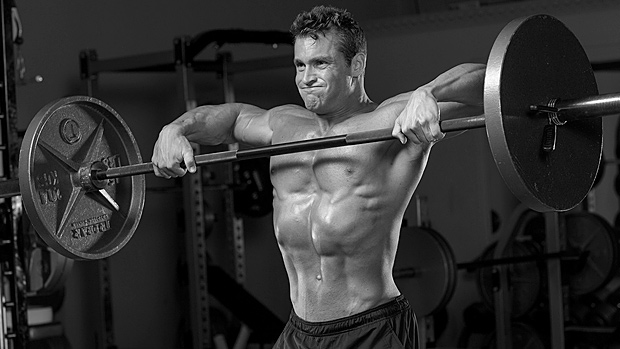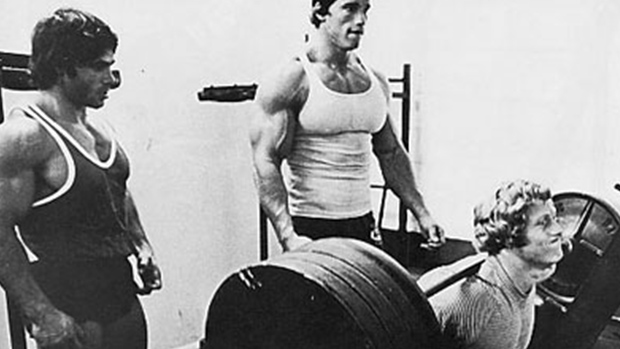The Upright Row: Shoulder Killer?
There's no exercise more notorious for messing up the shoulders than the upright row. And everybody knows it, which is why there are a dozen modifications in hand placement, bar path, and setup. They're all invented to make this exercise easier on the shoulder girdle.
But why play with fire when there are safer alternatives that'll get you the same benefits? The traditional upright row creates increased anteriorly-directed joint stress to the shoulder girdle, especially when shoulder mobility and thoracic spine positioning are less than perfect (i.e. you have bad posture.)
The lack of respectable posturing through the upper quadrant can create more of an internally rotated movement at the gleno-humeral joint, reducing the area of structures to freely slide and glide through. An imperfect posture can also keep the shoulder blades from functioning smoothly and synergistically against the thoracic cage.
This movement has a tendency to shift tension from the medial delts (which most lifters are attempting to target with this) to the upper traps. And that defeats the purpose because you can develop your upper traps in a gazillion more effective and less dangerous ways.
If your posture is dysfunctional don't even try to program modified versions of the upright row. The cost to benefit ratio is too small, even for athletes and lifters with great posture and healthy shoulders.
Do This Instead: Slight Bent-Over Dumbbell Lateral Raise
Emphasize strength and stability through the posterior shoulder girdle. Do this with a slightly bent-over dumbbell lateral raise. By bending the hips about 15 degrees or so, you can change the line of pull while also hitting more rear delt.
To keep these as pain-free as possible, pay attention to the height of the raise when you reach the top position (which should be parallel to the ground or slightly lower) and the position of the hands throughout the raise.
The internally rotated moment of the shoulders is a problem with the upright row, so avoid that same internally rotated position with lateral raise as well. Slightly externally rotate your shoulders and maintain this position throughout the get the most out of this variation with minimal joint stress.



